- This Month in Wildlife Sightings #Jan2022
- This Month in Wildlife Sightings #Feb2022
- This Month in Wildlife Sightings #March2022
- This Month in Wildlife Sightings #April2022
- This Month in Wildlife Sightings #June2022
- This Month in Wildlife Sightings #Sep2022
- This Month in Wildlife Sightings #Nov2022
- This Month in Wildlife Sightings #Dec2022
- This Month in Wildlife Sightings #March2023
- This Month in Wildlife Sightings #April2023
- This Month in Wildlife Sightings #May2023
- This Month in Wildlife Sightings #June2023
- This Month in Wildlife Sightings #May2024
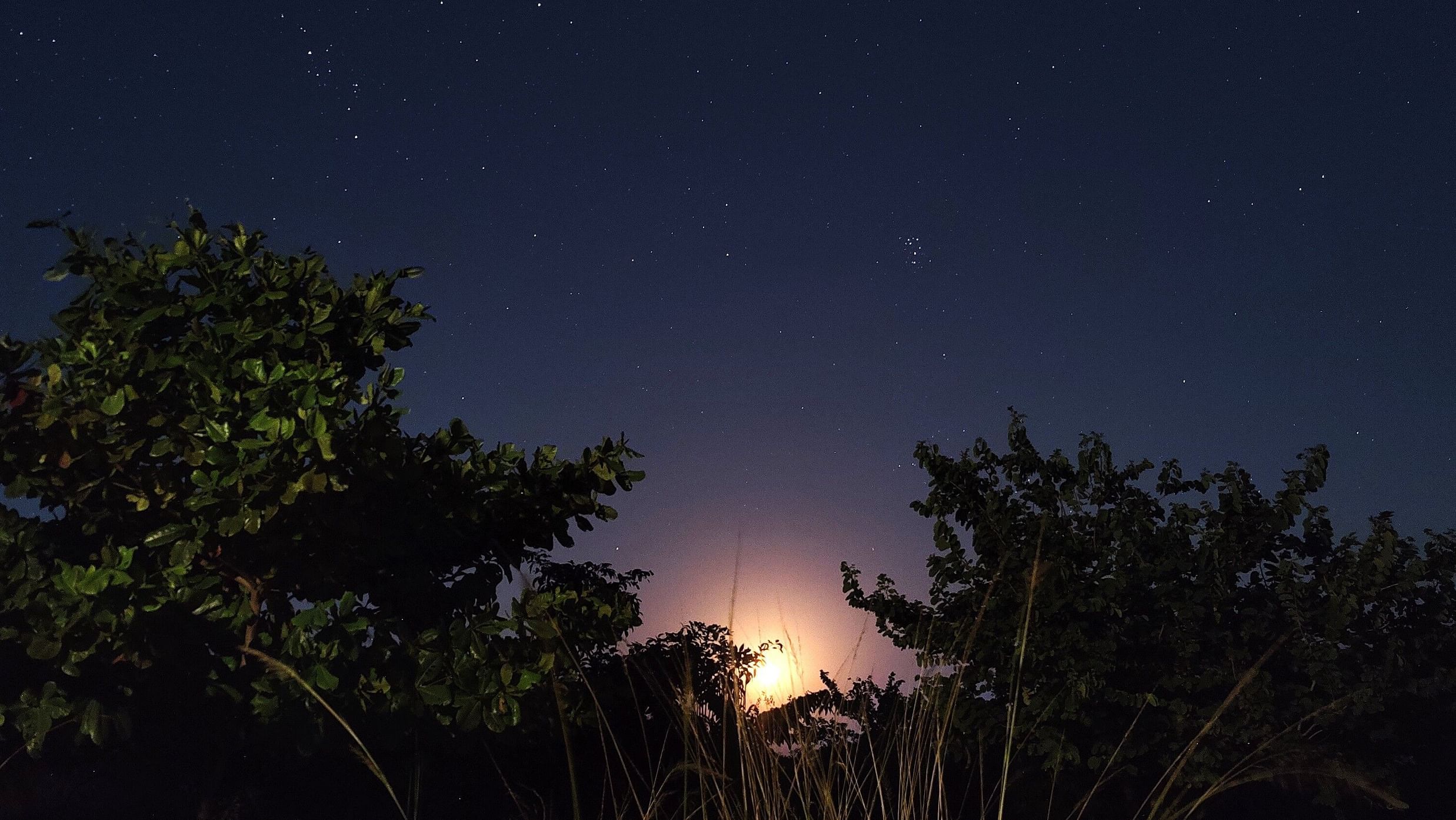
In this month’s blog, our naturalist Vishvajeet Sinh Solanki sheds light on the miniscule residents of our lodge.
Many insects like Aphids are harmful for plants, however, they play a vital role in maintaining the ecological balance. For instance, many species of ants have a special symbiotic relationship with aphids – they cultivate them. Aphids feed mainly on the sap from plants and secrete a liquid called honeydew, which is very sugar-rich, and favoured by ants as a food source. This way, the ants play quite an important role.

Red Aphids Eggs
Praying Mantis - these magnificent insects help farmers and gardeners by eating moths, mosquitoes, roaches, flies and aphids, as well as small rodents in their fields and gardens. The praying mantis will feed on the moths at night, which makes them the only predator known to do so. They mimic the leaves and branches moving slowly in the air to fool the predator.
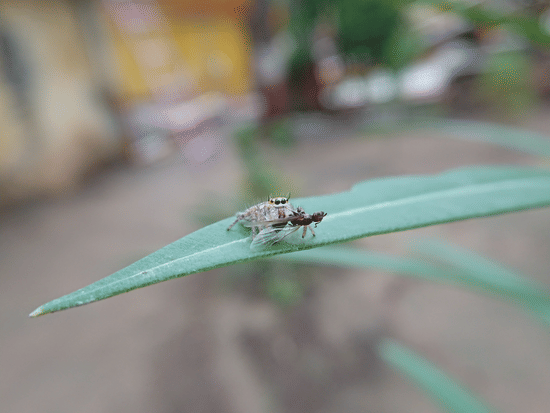
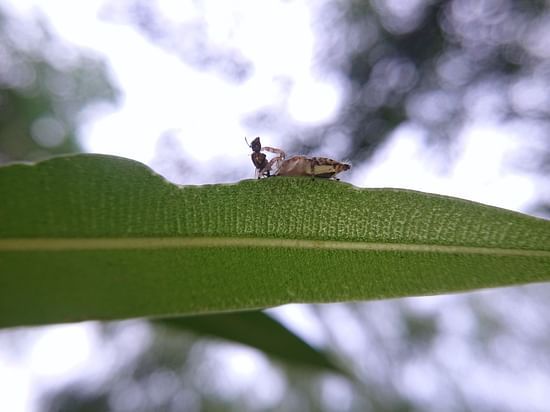
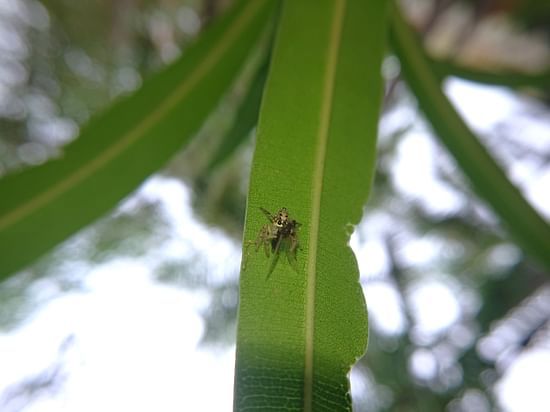
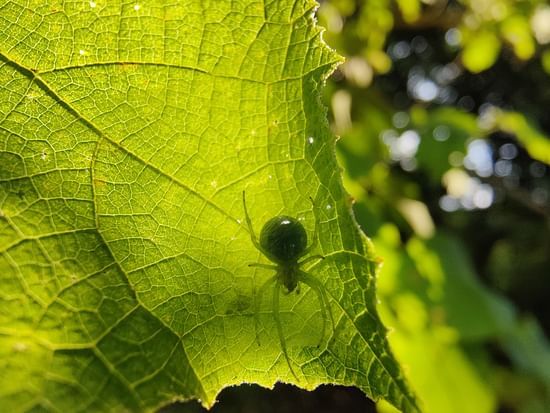


Inside our lodge premises also live a myriad species of spiders, which is my personal favourite insect. Oh wait, spiders are not insects! They have their own class Arachnida. Spiders prey on invasive living organisms and play their own little part in the ecosystem.
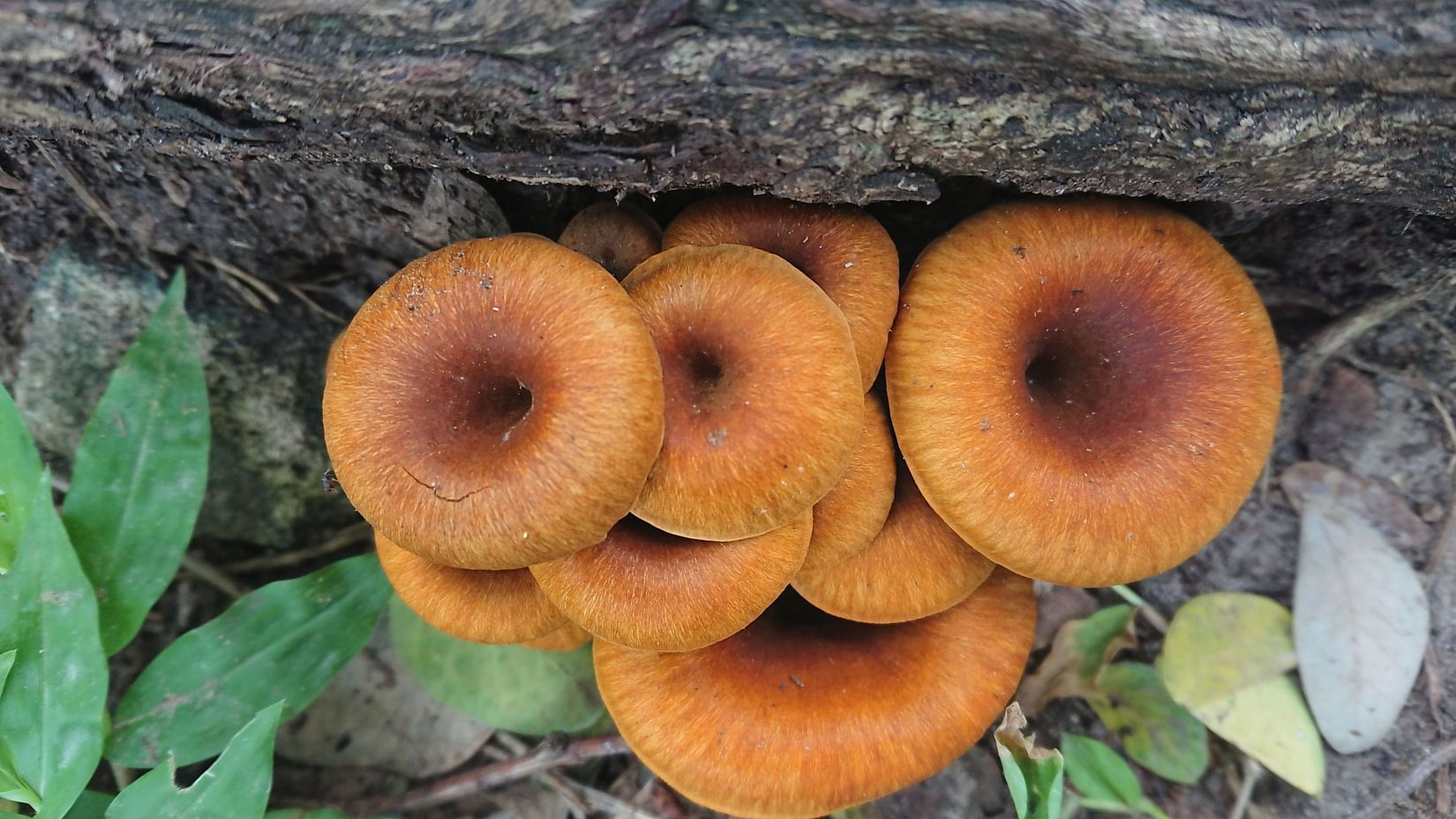
Fungi growing on dead woods
When a mammal or a bird is dead, then come scavengers like Hyena, Vultures and sometimes big cats. But when small matter dies, like animal scats, tree wood or rotten fruit on the ground, then comes the role of a Fungi to recycle that matter and send back all the nutrition back to the nature.

The flower and the fungus
This is a fruit of a Neolamarckia Cadamba tree. This image shows us the beauty of both the flower and the fungus; how Fungi helps in decomposing the dead matter to the soil for better ecological functions. It is believed that the Hindu Lord Sri Krishna performed many of his divine acts in Vrindavan under the canopy of Cadamba trees.
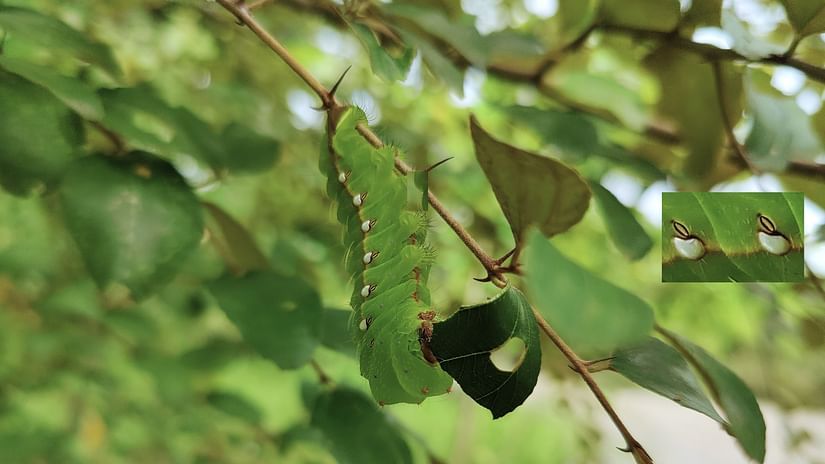
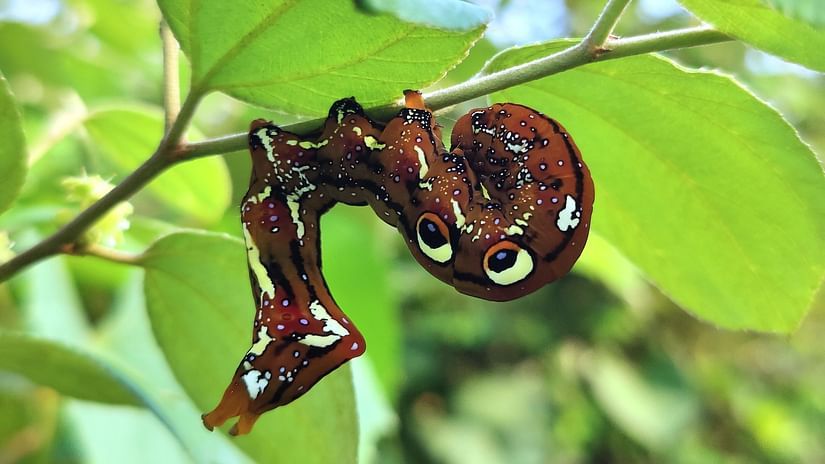
Butterflies and Moths undergo different phases in their cycle of life. In the left picture, one can see the caterpillar of a Tussar Silk Moth feeding on an Indian Jujube tree. The earthen lamp-like patterns are called spiracles which are used to exchange gases while breathing. In the right picture is the, 8cm long and 2.5cm broad caterpillar of a Fruit Piercing Moth. These eyes on its body are a defence mechanism of the caterpillar to tell the predators: “I can see you.”
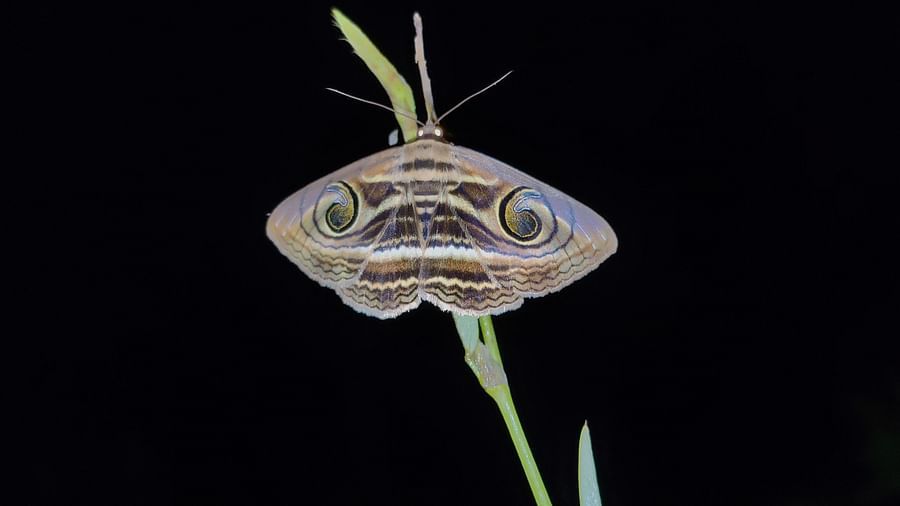


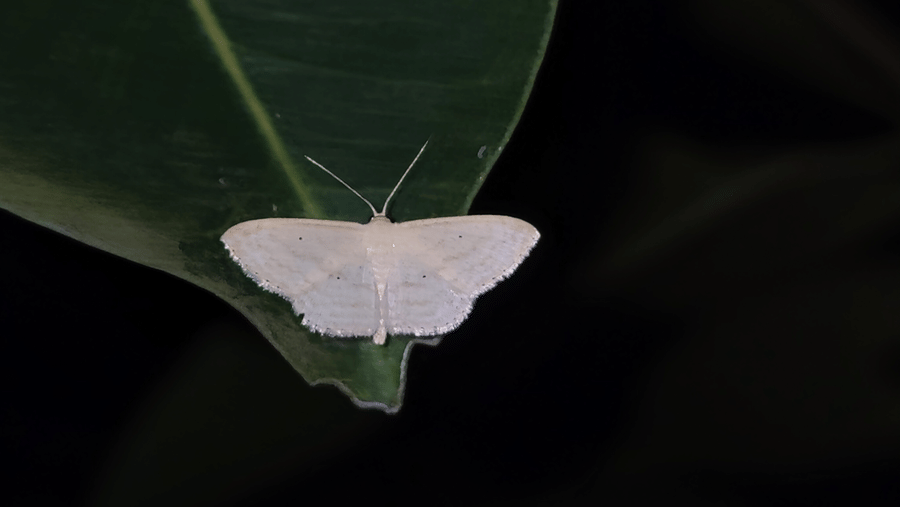
Common Owl Moth also has similar kind of eyes on its body as the Fruit Piercing Moth for exactly similar reasons. In our lodge, you will come across a varied species of moths. Come and see for yourself and let this experience with nature transform you in its own spectacular ways.